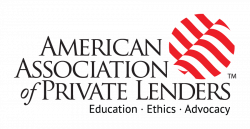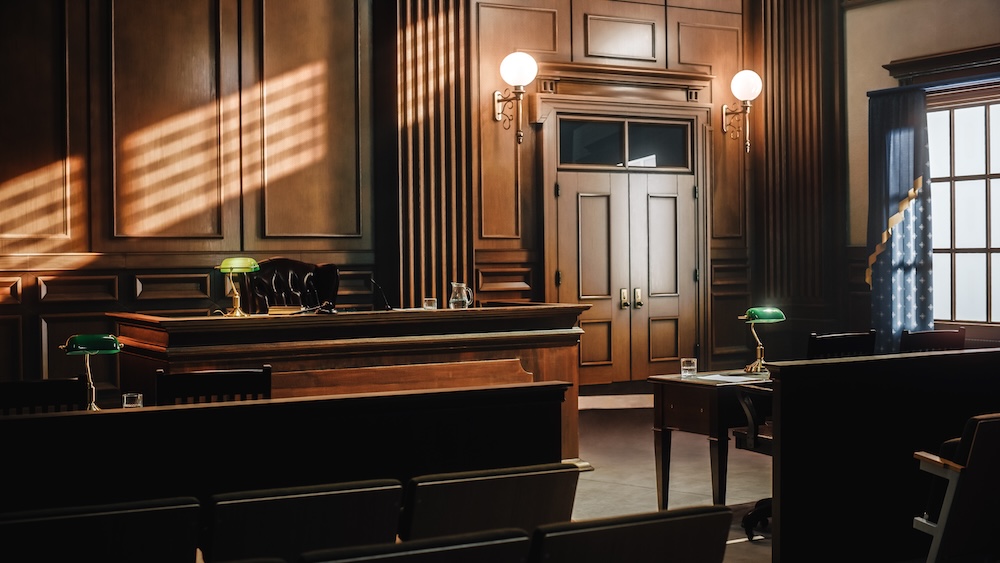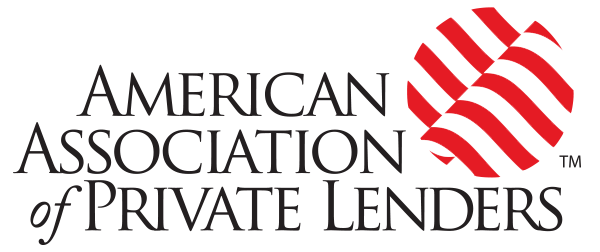Personal property assets can be used as collateral when the value of the borrower’s property does not meet a lender’s requirements.
Nearly every mortgage broker and lender has dealt with a loan in which the value of the real property offered as collateral is insufficient to meet the underwriting requirements. As an alternative to changing the loan amount and other loan terms, a lender may require the borrower to offer additional real property as collateral. Unfortunately, not all borrowers own additional real property or, if they do, it may not be of sufficient value to meet a lender’s requirements. Fortunately, there is an alternative to either merely passing on the loan or altering the terms (i.e., reducing the loan amount, increasing the interest rate, and offering other loan terms that leave a borrower feeling unsatisfied). The potential solution is demanding additional security in the form of personal property assets.
WHAT ARE PERSONAL PROPERTY ASSETS?
Essentially, personal property includes any asset that is not real estate. It is divided into two categories: tangible and intangible. Tangible personal property refers to physical objects, including inventory (e.g., packaging, manuals, and instructions), merchandise, raw materials, work in process, equipment, machinery, tools, office equipment, supplies, furnishings, and fixtures. Intangible personal property is all other personal property that is not physical (e.g.,
stocks, bonds, retirement accounts, business records, deposit accounts, inventions, intellectual property, designs, patents, patent applications, trademarks, trademark applications, trademark registrations, service marks, service mark applications, service mark registrations, trade names, goodwill, technology, know-how, confidential information, trade secrets, customer lists, supplier lists, copyrights, copyright applications, copyright registrations, licenses, permits, franchises, tax refund claims, and any letters of credit, guarantee claims, and security interests).
REQUIRING PERSONAL PROPERTY ASSETS AS COLLATERAL
Supplementing the value of the real property collateral to meet loan-to-value and other underwriting requirements is a primary reason personal property is
used as collateral. Other typical reasons a lender will require personal property assets to be pledged as collateral include:
- Ensuring business assets remain. The borrower, or an affiliate, is operating a business at the real property collateral and the lender wants to ensure that in the event of foreclosure, those business assets will remain at and tied to the real property. If the tangible business assets utilized in hospitality (i.e., hotels, restaurants, etc.), gas stations, assisted living, cannabis, and other similar industries remain at the real property and are subject to sale, the value of the real property can increase, or at least stabilize, since an ongoing business venture is often much more valuable than starting from scratch.
Tangible assets used to operate the business are not the only desirable personal property collateral related to a business borrower. In some instances, a franchise could be operating at the real property, so it is in a lender’s best interest to keep the flag in place. Some other business assets that can be taken include insurance policies, contracts with third parties, accounts receivable, merchant accounts, and bank accounts.
- Seeing construction is completed. To ensure a construction project is completed, a lender should consider obtaining collateral assignments of construction and construction-related contracts, plans, and permits. By taking collateral assignments of these types of personal property, a lender can step into the shoes of the borrower and developer and complete the construction, maximizing the value of the real property. A half-finished construction project often severely limits the value of the real property collateral, forcing the lender to complete construction to try to save the investment.
- Discouraging the borrower from cutting losses and walking away from the real property. Sometimes, as a result of thorough underwriting, a lender will determine that a borrower lacks a history of servicing this type of debt, or has a history of cutting bait and running when circumstances are less than ideal (i.e., borrower is an entity, sponsor is about to file bankruptcy, and borrower determines that solely based on economics, the best decision is to strip the property and/or business of all of its assets and walk away).
A lender can protect itself from such a borrower by requiring the borrower to pledge the following as collateral: all ownership interests in borrower or its affiliate(s), accounts receivable, and deposit accounts. Obtaining a collateral interest in these items will facilitate the appointment of a receiver to operate the real property as well as obtain writs of attachment and other pre-foreclosure relief.
HOW TO TAKE A COLLATERAL INTEREST IN PERSONAL PROPERTY
In general, Article 9 of the Uniform Commercial Code (UCC) governs secured transactions involving personal property and has been adopted in every state. There are two steps involved in the creation of a personal property collateral interest: attachment and perfection.
Attachment is the moment at which a security interest is created in the collateral. For the security interest to attach in the collateral, (1) value must be given for the security interest, (2) the pledging party has rights in the collateral, and (3) the pledging party enters into a security agreement. In the instance of a mortgage loan for which the lender is requiring additional personal property collateral, the loan itself is the value given. The security agreement should be included in the loan documents along with the promissory note, loan agreement, and mortgage or deed of trust.
The critical aspect of attachment is ensuring the pledging party actually has an interest in the personal property being pledged. A common mistake occurs when a lender believes it is taking a collateral interest in the assets of the business operating at the subject property by having the borrower sign a collateral security agreement—only to discover the business is being operated











Leave A Comment